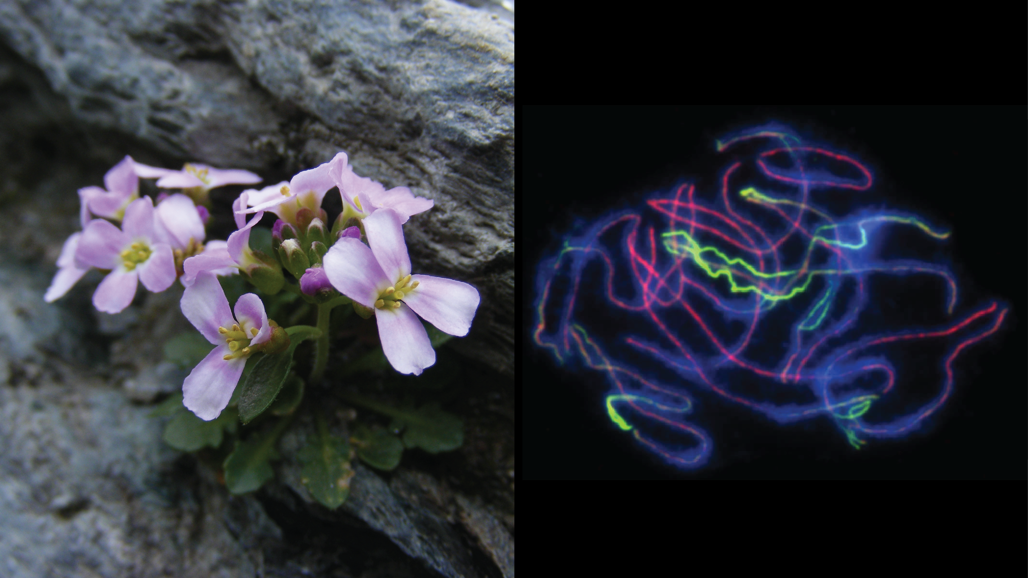
How “double-genomes” help plants diversify - and what that means for crops and climate resilience
A new study led by scientists at SLU, Uppsala and Charles University, Prague, just published in the leading journal PNAS, sheds light on a powerful but little-understood force in evolution: whole-genome duplication, a rare event where an organism gains an extra full set of chromosomes.
This ‘genomic doubling’ has occurred many times in the history of life—especially in plants, including many of our most important crops like wheat, potato, and sugar beet. But what does this mean for natural populations and their ability to adapt?
The researchers sequenced over 600 genomes of the wild plant Arabidopsis arenosa using cutting-edge DNA sequencing and computer simulations. They found that whole-genome duplication (WGD) not only increases the number of small mutations but also accelerates the appearance of large structural genomic changes—large copy/paste/cut events like DNA insertions, deletions and big rearrangements.
Crucially, WGD also hides the harmful effects of mutations by giving extra ‘backup’ copies of genes. This allows potentially harmful mutations to build up over time—what scientists call ‘genetic load’.
“This kind of genome doubling gives a short-term benefit—it buffers damage—but it also carries long-term risks, such a ‘genome degradation’,” says Levi Yant, Professor of Genetics at the SLU and co-lead author of the study.
Because genetic variation is the raw material for evolution, understanding how it builds up—and how it's shaped by genome doubling—gives deep insight into how species adapt. With climate change putting increasing pressure on crops, these findings are especially timely.
“Polyploidy, or having extra sets of chromosomes, is common in the plant world and has long been associated with bigger and more robust plants,” says Yant. “But our work reveals a hidden cost. These findings are directly relevant to how we breed resilient crops for the future and to understanding how wild plants may adapt to climate change.”
The full article Whole-genome duplication increases genetic diversity and load in outcrossing Arabidopsis arenosa can be found here: https://www.pnas.org/doi/10.1073/pnas.2501739122
Contact
-
Person